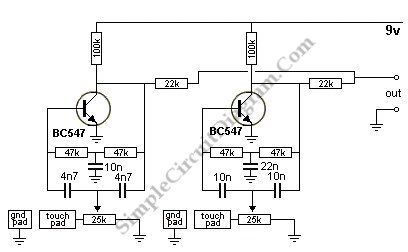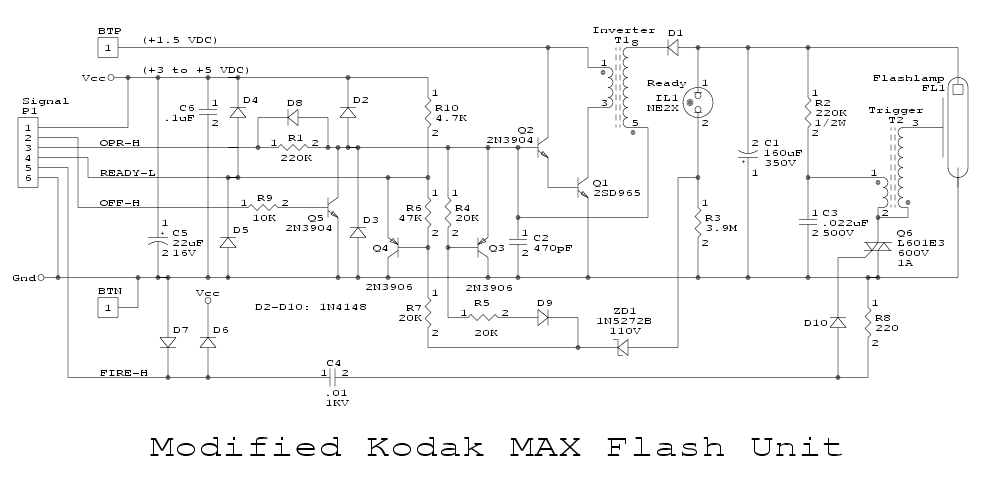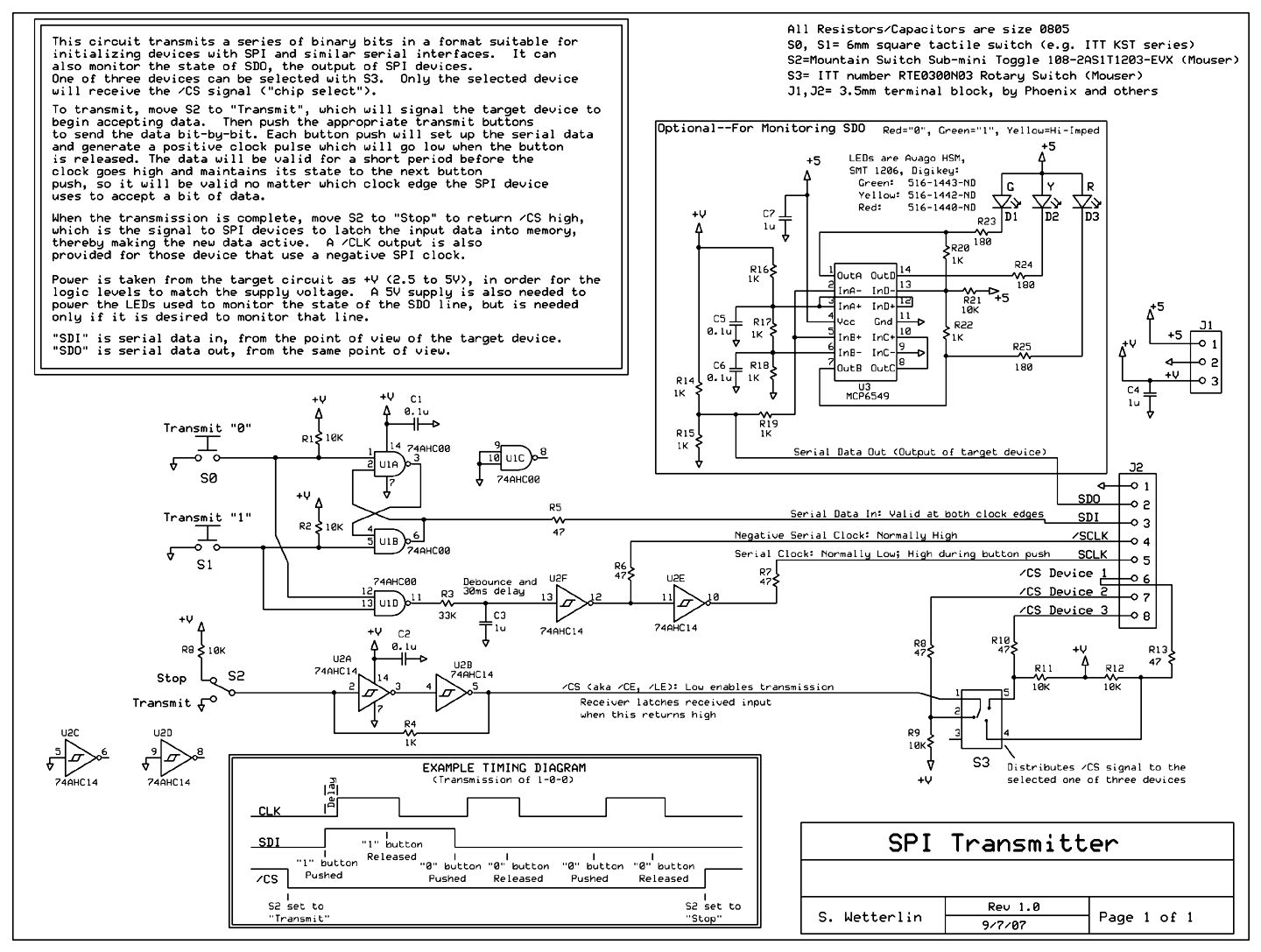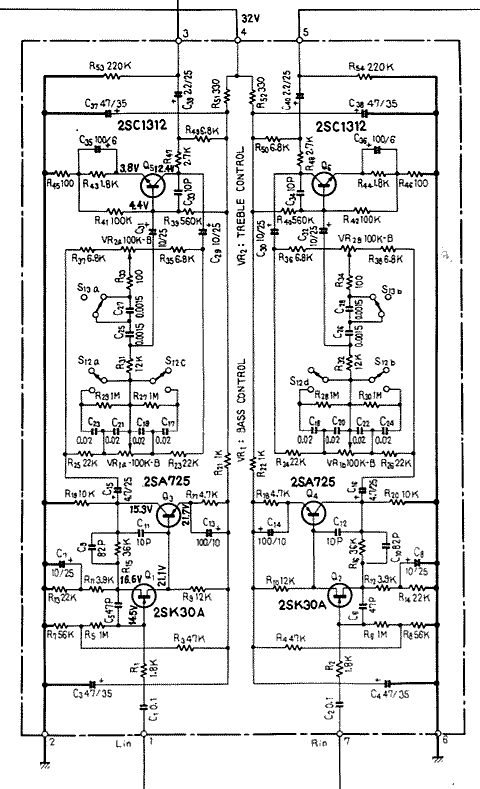
PHOBoS DIY Synth schematics

The panels appear to be well-designed, and the cases are tidy. It is noted that the cases are constructed from MDF board. The panels are recessed significantly, likely to provide protection for the knobs. There is curiosity regarding the depth of the cases, as there is an ongoing effort to house circuits behind panels and in various small cases. There is a concern about the stability of the cases when leads are inserted. The layout, with sockets on one side and potentiometers on the other, is appreciated for reducing complications associated with managing pots beneath multiple layers of cables.
The design of the electronic panels and cases indicates a thoughtful approach to both aesthetics and functionality. The use of MDF (Medium Density Fiberboard) for the cases provides a sturdy yet lightweight structure, which is beneficial for housing electronic components. MDF is known for its smooth finish and ease of machining, making it an excellent choice for custom enclosures.
The recessed panels serve a dual purpose: they not only enhance the visual appeal of the setup but also protect sensitive components such as knobs and switches from accidental contact or damage. This design consideration is particularly important in environments where equipment may be frequently adjusted or moved.
The depth of the cases is a critical factor in ensuring stability, especially when leads are connected. A deeper case can provide a lower center of gravity, reducing the likelihood of tipping. It is advisable to evaluate the dimensions of the components being used, as well as the overall weight distribution within the case, to optimize stability.
The arrangement of sockets and potentiometers is strategically designed to facilitate ease of access and reduce clutter. By placing the sockets on one side and the pots on the opposite side, the design minimizes the potential for tangled cables and simplifies the process of making adjustments. This thoughtful layout can greatly enhance user experience, especially in complex setups where multiple connections are required.
In summary, the combination of MDF construction, recessed panels, and strategic component placement reflects a well-considered approach to electronic enclosure design, aiming to balance aesthetics with practical usability and stability.The panels look good and the cases are neat. What are the cases made from. MDF board I noticed the panels are recessed quite a bit too. I`m guessing this is to protect the knobs etc. I`m curious how deep your cases are I`m working on getting my circuits behind panels and in several small cases at the moment. I`m wondering if they have a tendency to want to fall over when the leads are inserted. I must say, you have done a really great job with these. It seems to make sense putting the sockets on one side and the pots on the other. It just eliminates a lot of fiddling around for pots under layers of cables. The panels look good and the cases are neat. What are the cases made from. MDF board I noticed the panels are recessed quite a bit too. I`m guessing this is to protect the knobs etc. I`m curious how deep your cases are 🔗 External reference
The design of the electronic panels and cases indicates a thoughtful approach to both aesthetics and functionality. The use of MDF (Medium Density Fiberboard) for the cases provides a sturdy yet lightweight structure, which is beneficial for housing electronic components. MDF is known for its smooth finish and ease of machining, making it an excellent choice for custom enclosures.
The recessed panels serve a dual purpose: they not only enhance the visual appeal of the setup but also protect sensitive components such as knobs and switches from accidental contact or damage. This design consideration is particularly important in environments where equipment may be frequently adjusted or moved.
The depth of the cases is a critical factor in ensuring stability, especially when leads are connected. A deeper case can provide a lower center of gravity, reducing the likelihood of tipping. It is advisable to evaluate the dimensions of the components being used, as well as the overall weight distribution within the case, to optimize stability.
The arrangement of sockets and potentiometers is strategically designed to facilitate ease of access and reduce clutter. By placing the sockets on one side and the pots on the opposite side, the design minimizes the potential for tangled cables and simplifies the process of making adjustments. This thoughtful layout can greatly enhance user experience, especially in complex setups where multiple connections are required.
In summary, the combination of MDF construction, recessed panels, and strategic component placement reflects a well-considered approach to electronic enclosure design, aiming to balance aesthetics with practical usability and stability.The panels look good and the cases are neat. What are the cases made from. MDF board I noticed the panels are recessed quite a bit too. I`m guessing this is to protect the knobs etc. I`m curious how deep your cases are I`m working on getting my circuits behind panels and in several small cases at the moment. I`m wondering if they have a tendency to want to fall over when the leads are inserted. I must say, you have done a really great job with these. It seems to make sense putting the sockets on one side and the pots on the other. It just eliminates a lot of fiddling around for pots under layers of cables. The panels look good and the cases are neat. What are the cases made from. MDF board I noticed the panels are recessed quite a bit too. I`m guessing this is to protect the knobs etc. I`m curious how deep your cases are 🔗 External reference





